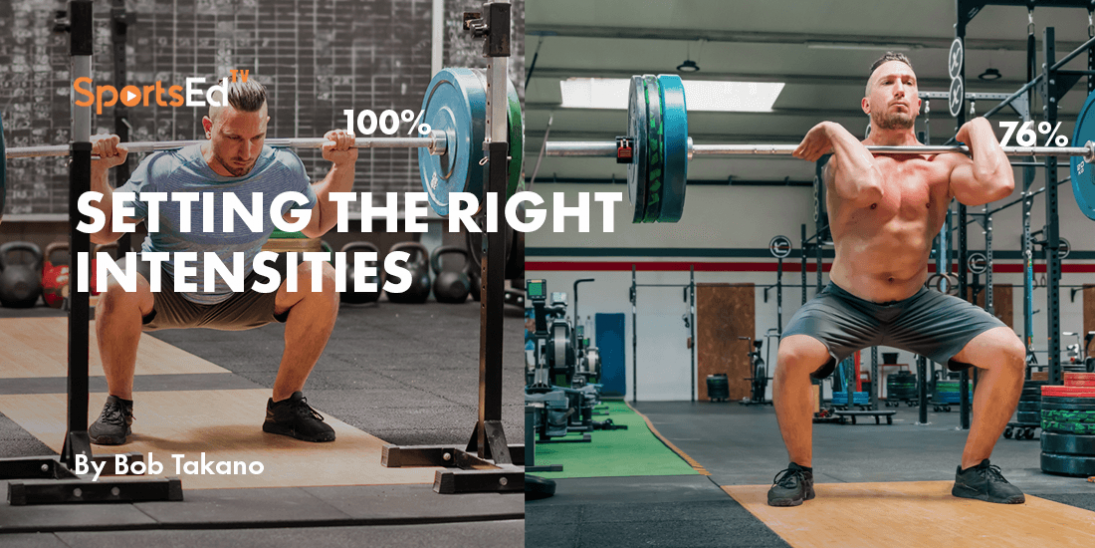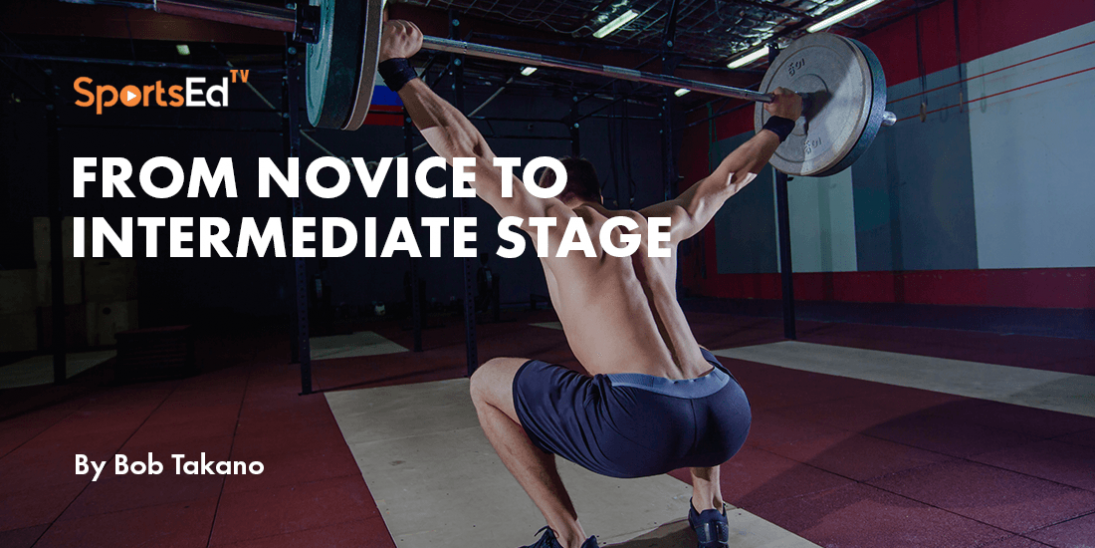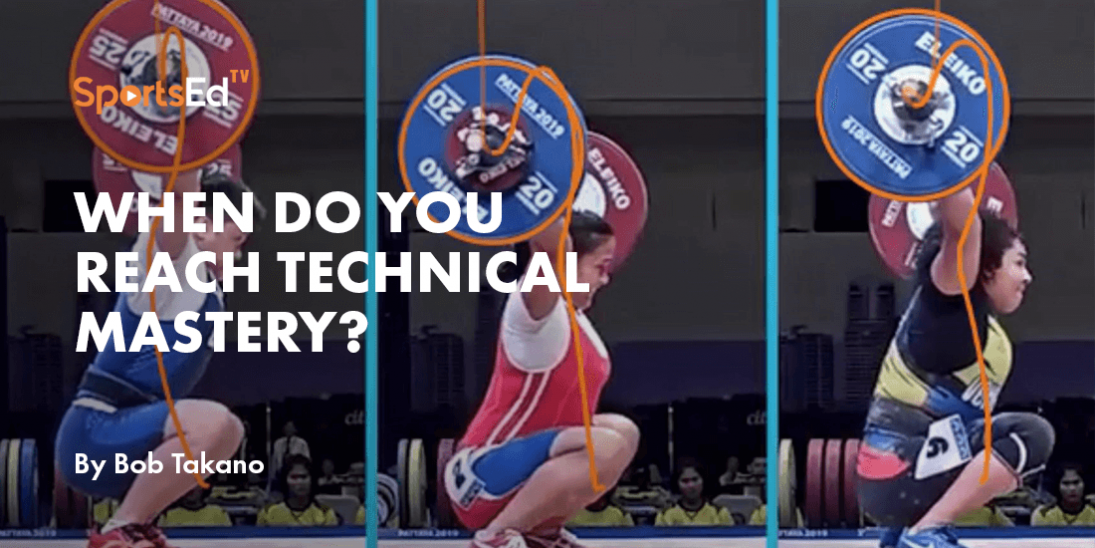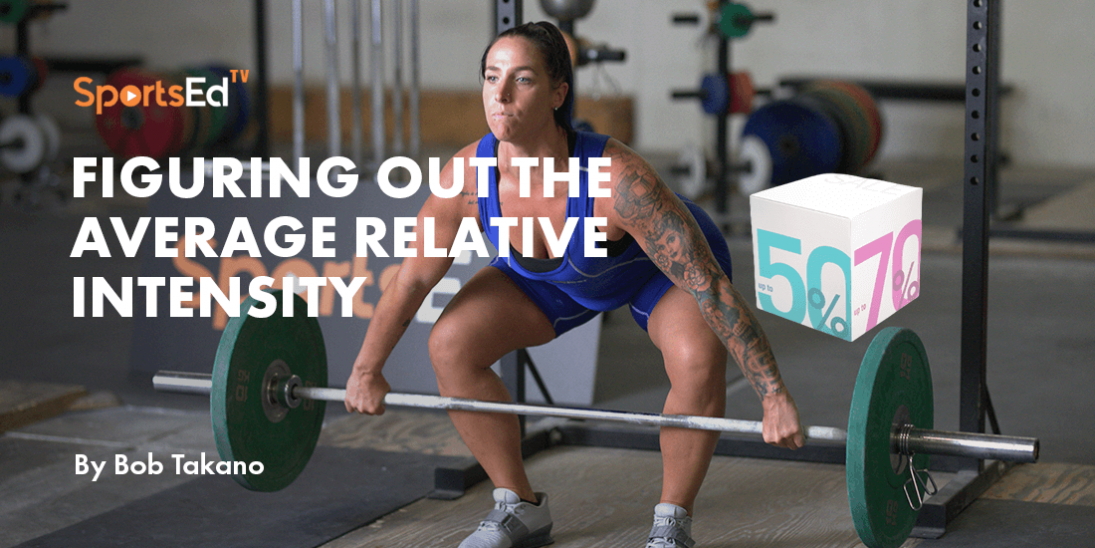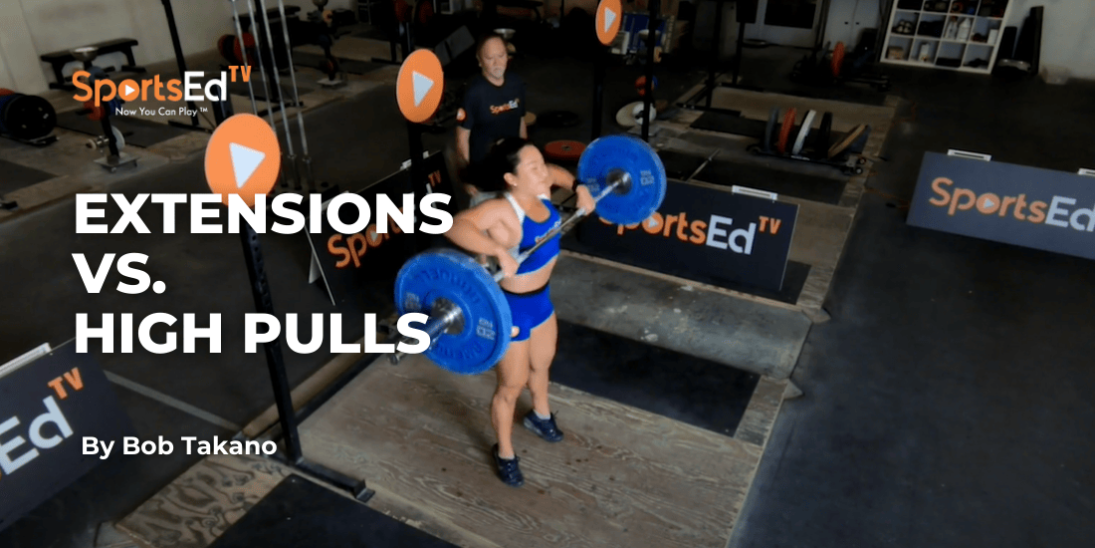Weightlifting
Welcome and thanks for visiting...

Why Center of Gravity Matters in Weightlifting: Understanding Stability and Strength
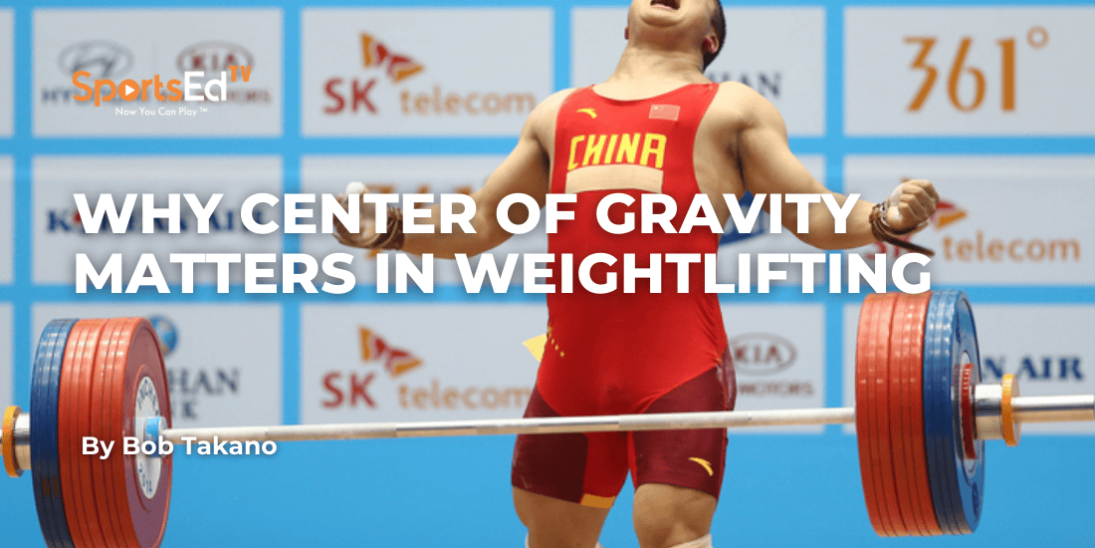
The Physics Behind Lifting: Why Center of Gravity Can’t Be Ignored
Many of the weightlifting community members are probably not too interested in the physics of weightlifting. Still, sometimes you can’t ignore the forces that affect your performance. One of the concepts that definitely affects weightlifting is the Center of Gravity.
Misconceptions About Core Size in Weightlifters
Now some people wonder about why many weightlifters, especially the heavier ones, have a large abdominal girth. The uninformed usually believe that this is due to fat deposits, but in the case of a well-trained weightlifter it is actually due to increased muscular development in the core musculature.
What the “Core” Really Means in Weightlifting
By the way, “core musculature” is not just a six-pack. You can have a six-pack (meaning rectus abdominis hypertrophy with minimal fat upholstery) and still have a relatively weak core because the rest of the core musculature is less developed.
What Is the Center of Gravity in the Human Body?
Anyway, back to the initial point of this article (We’ll come back around to the core musculature issue a little later.). The center of gravity (COG) of a standing human is the point at which half the mass is above and half the mass is below. For most people this point is somewhere between the hips and chest. It will generally be higher in men than in women because of the way body mass is distributed.
The Concept of Combined Center of Gravity (CCOG) in Weightlifting
If, however, the human in question is lifting a barbell, we must consider that factor that is designated as the combined center of gravity (CCOG). If we are talking about a 75 kg athlete the COG will be somewhere between the hips and chest. If the athlete in question lifts 100 kg overhead, the CCOG will be at some point above the shoulders. Unless the alignment is perfect, the forces generated by the body below the CCOG must be sufficient to counter any horizontal movement of the barbell.
Why Stabilizing Muscles Are More Important Than You Think
The muscles that lifted the weight overhead are at this point not as critical as the muscles that stabilize the torso. These muscles must be developed and that involves some hypertrophy.
A Real-World Example: The 1982 American Open
I first became aware of this at the American Open in 1982. One of the lifters in the 110 kg class was a former bodybuilder. He easily power snatched 137.5 kg, and then just as suddenly his torso quivered and he collapsed. He could lift the weight, but couldn’t stabilize it.
Key Muscles That Maintain Overhead Stability
Supporting weights overhead means the following muscles must be strengthened to maintain isometric tension:
-
Spinal erectors
-
Obliques
-
Transversus abdominis
-
Serratus
-
Intercostals
-
Rhomboids
I may have overlooked some of the muscles involved and will probably hear from the biomechanists.
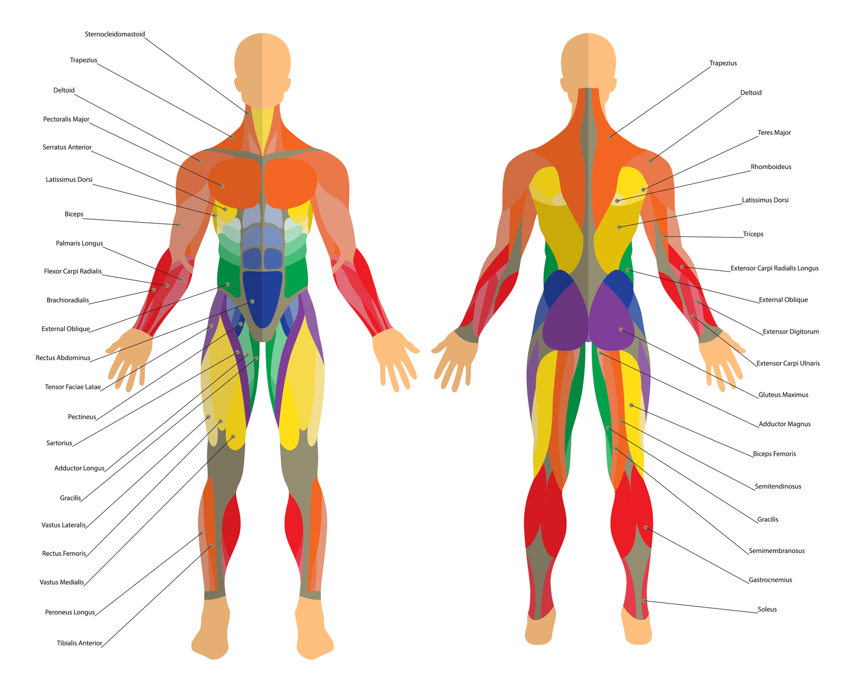
Training for Isometric Strength in the Core
The best results are going to be achieved by regularly lifting heavy weights overhead and supporting them for a few seconds while focusing on maintaining tension in the aforementioned muscles. Learning to activate the muscles by activating those neuromotor pathways is a matter of learning.
Why Isometric Core Training Improves Performance
Most of the muscle training involves movement, but in this case we need to be concerned with maintaining the length of the muscles, an isometric contraction. This, however, is probably the best way to develop these muscles in a synergistic manner that will have exceptional carryover to other activities as well.




